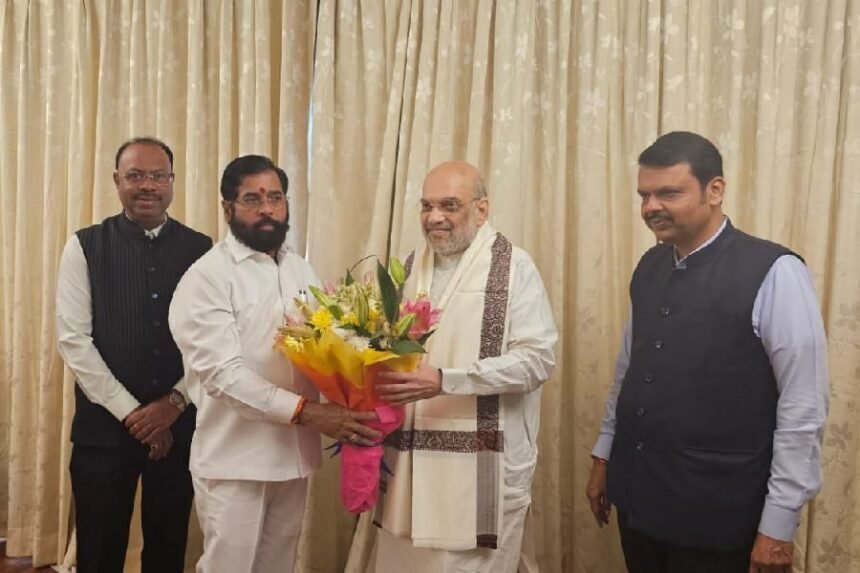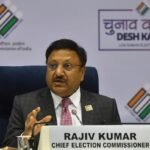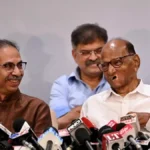Maharashtra, with its complex interaction of national politics, socio-economic issues, and regional aspirations, has long been a centre of political activity in India. As of August 8, 2024, Maharashtra’s political environment is still as dynamic as it has always been, with a number of events influencing how the state would be governed in the future. This study explores the political environment of today, important figures, and the consequences of recent occurrences.
The Political Environment
The Indian National Congress, the Nationalist Congress Party (NCP), and the Shiv Sena are the three main political parties in Maharashtra. Significant progress has also been made by the Bharatiya Janata Party (BJP), especially after forming an alliance with the Shiv Sena. This alliance has influenced electoral tactics and policy, playing a crucial role in the state’s government.
Tensions among alliances, especially between the Shiv Sena groups, have been evident in the recent political manoeuvring. The party has split, with different sections led by Uddhav Thackeray and Eknath Shinde. This split has impacted not just party dynamics but also Maharashtra’s election strategies and administration more broadly.
Important Advances
1. Alignments and Changes in Leadership
Changes in leadership have further muddled the political environment. The group led by Eknath Shinde has been actively consolidating power in order to bolster its standing before the next elections. In an effort to put up a unified front against the opposition parties, this has prompted a number of tactical alliances with other parties, notably the BJP.
2. Strategies for Elections
Political parties are concentrating on voter participation and grassroots mobilisation as the state gets ready for the upcoming election cycle. In an attempt to win over voters, the BJP is highlighting infrastructure and development projects by utilising the initiatives of the central government. In the meantime, in an effort to refute the narrative of the ruling coalition, the opposition parties are uniting around concerns like social justice, inflation, and unemployment.
3. Governance and Social Issues
Maharashtra is facing a number of urgent socioeconomic problems, such as gaps between urban and rural areas, farmer hardship, and caste-based inequality. The government has used a combination of public relations campaigns and policy initiatives to address these issues. The public is not happy, though, as these measures’ efficacy is frequently questioned.
Farmers’ and marginalised communities’ recent protests serve as a reminder of the public’s growing discontent about economic inequality and their desire for improved governance. The stability of the ruling coalition is under threat from these groups, which are growing more and more organised.
The Function of the Media and Public Opinion
The way that the general public views political developments in Maharashtra is greatly influenced by the media. Political news coverage aims to educate the public about important problems while also highlighting the drama of party politics. Social media platforms have developed into indispensable instruments for political communication, giving parties the ability to interact directly with younger voters.
Parties need to carefully manage their narratives since public opinion may be greatly influenced by how political leaders and their policies are portrayed in the media. Fact-checking campaigns and disinformation campaigns have been more prevalent in recent months, which is indicative of the media’s changing role in the political process.
Final Thoughts
The interplay between regional aspirations and national politics will continue to affect Maharashtra’s governance as it navigates its political issues. The continual contests for power, political manoeuvres, and popular movements reflect a dynamic, albeit turbulent, democratic process. Parties will be preparing for elections in the upcoming months, and the results will probably have long-term effects on the state and the country.
It is more important than ever to have responsive leadership and efficient government in this situation. In Maharashtra’s changing political landscape, political parties’ success will depend on their capacity to manage internal disputes and respond to the needs of their voters.
Referral:
[1] https://thefederal.com
[2] https://www.adanienterprises.com/-/media/Project/Enterprises/Investors/Investor-Downloads/Annual-Report/AEL-FY24.pdf
[3] https://ntcp.mohfw.gov.in/assets/document/surveys-reports-publications/Report%20on%20Tobacco%20Control%20in%20India%202022_22%20April%202024.pdf
[4] https://www.motherjones.com/politics/2013/11/india-garment-factories-sumangali/
[5] https://nsearchives.nseindia.com/corporate/KPIL_19062024182321_SEIntimation19062024ARFinal.pdf








